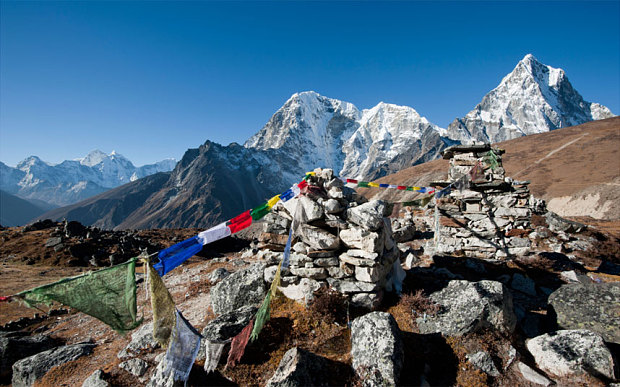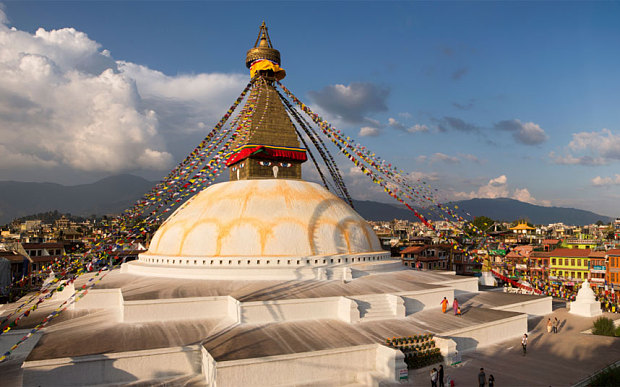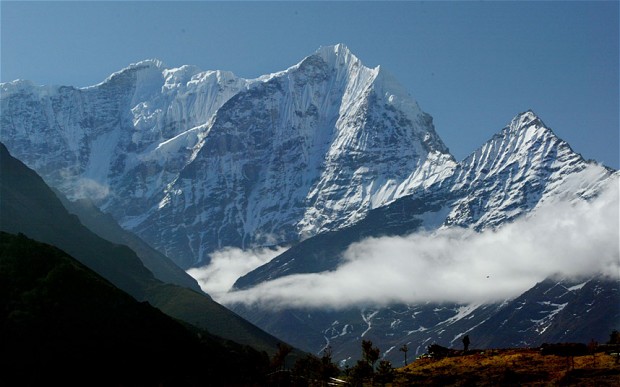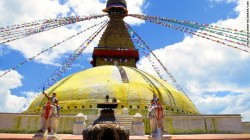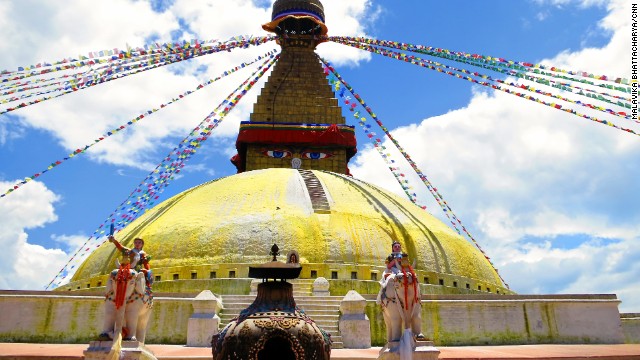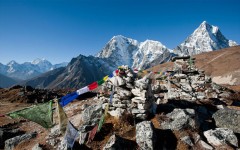
Nepal is hoping to welcome tourists back to the country in time for the next trekking season in the autumn
Nepal is hoping to welcome tourists back to the country in time for the next trekking season in the autumn, with attractions being rebuilt and trekking routes in the foothills of Mount Everest reopening.
Following the recent devastating earthquakes that killed more than 9,000 people, most hotels and restaurants in Nepal shut down, tourism numbers fell significantly and thousands of porters were left out of work.
“It has been hard,” said Sujan Sijapati, operations manager for Intrepid Travel in Nepal. “The earthquake meant that the season finished early and we’ve already written off the coming month to focus on rebuilding for the coming season.”
Two trekking routes, including the popular Langtang trekking route, were closed and hotels damaged in the quakes on April 25, the worst natural disaster in the country since 1934, and its aftershock on May 12, which destroyed nearly half a million houses and left thousands without food or water.
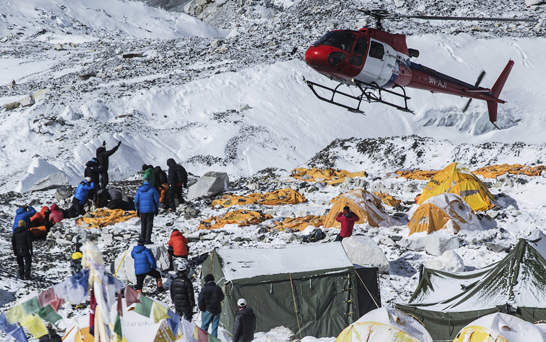
Earthquakes killed more than 9,000 people this year
The aftermath saw holidays cancelled for May, before spreading to the rest of the year. Relief and aid workers were soon filling the hotels left empty by tourists.
Kathmandu landmarks before and after quake, in pictures
There is hope for the next season however, with tourism experts and officials suggesting that the effect of the Gorkha quake will not be long term. Most trekking routes are still intact and could all be reopened by the autumn.
Several of the heritage sites damaged in the Kathmandu Valley are reopening this month, the Nepali Times reports, with Boudhanath stupa, Budanilkantha and Pashupatinath temples, among those that have been declared safe.
Meanwhile, the vast majority of hotels are apparently being restored as they did not suffer structural damage.
“People are keen for tourists to return – not just hotels and tour operators, but restaurants, gear companies, even those in remote areas rely on tourism. Now there is no work at all,” said Mr Sijapati.
What does the future hold for tourism in Nepal?
He explained that most tourism companies are privately owned by Nepalese people on a local scale, and so he expects they will have a tough time.
“People have been traumatised, but you can’t cry all the time. People are united to work together to overcome the national crisis. There is a strong sense of patriotism. Things are getting better and becoming more normal. Schools have opened. People are quite positive, they have started laughing and partying and voluntarily clearing debris. There is a strong sense of unity to rebuild Nepal.”
The UN’s World Food Programme revealed last week that thousands of out-of-work porters are being hired to deliver aid to the most remote parts of the quake.
Ang Tsering Sherpa, president of Nepal’s mountaineering association, said the scheme would “support the livelihoods of mountain communities who are facing great problems because of the quake”.
He said: “This is the time to help the Nepalese people. If you are serious about helping Nepal, don’t just give money, come to Nepal as a tourist.”
The Himalayas: Trip of a Lifetime
Independent assessments are being carried out to determine which trekking routes should reopen. Intrepid said it is working with independent safety experts and other government and industry organization to start an infrastructure assessment on areas like Annapurna.
Mr Sijapati said that travellers he meets on the ground in Nepal seem eager to help a country focused on rebuilding itself.
Intrepid has launched a million pound fundraising campaign that will see all profits from the company’s next season of Nepal trips donated to local and international charities working to rebuild it. The adventure travel specialist is also running three charity treks in the autumn, including one to Everest Base Camp.
Follow and share our more detail from our social media ; Facebook, Pinterest and Twitter.
Source: www.telegraph.co.uk





